Source: Mimagephotography | Dreamstime.com
Curly hair and bangs are trending like never before! From wispy curtain fringes to bold, full-on bangs, clients are embracing the transformative power of framing their faces with different types of bangs. But compared to their straight-haired counterparts, curly bangs require a unique approach.
Understanding curly hair shrinkage, different curl patterns and the nuances of the various bang types is crucial for achieving a flattering and manageable fringe for every client. The process begins with a thorough consultation and the right hair supplies. Keep reading to learn more about how to cut bangs on curly hair.
Getting Started
Before your scissors touch a single curl, a thorough consultation is your golden ticket to curly bang success. Having an open conversation with your client sets expectations, builds trust and equips you for a successful cut.
Start by asking about their desired bang type: Full and bold? Wispy and playful? Understanding their vision helps you analyze their curl pattern and face shape to suggest flattering options. Discuss their routine, too. Do they co-wash, diffuse or air dry? These insights will help you predict how the bangs will behave in the client’s everyday life.
Managing anxieties is also important. Explain the “spring factor” and why dry cutting is crucial to avoid shrinkage surprises. Show your client reference photos of bangs on similar curl patterns, emphasizing achievable results. Transparency and realistic expectations foster trust and happy clients, so take your time during this step.
Essential Supplies
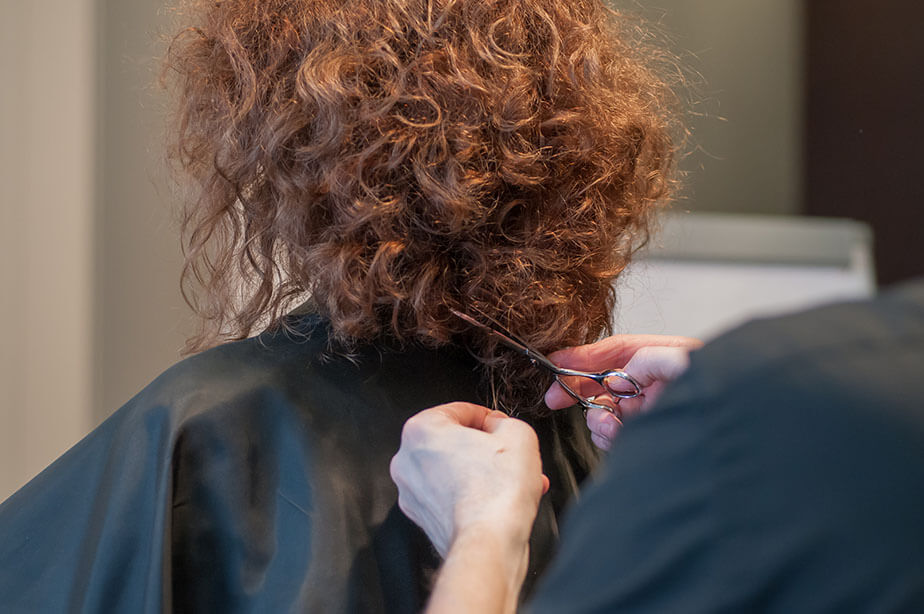
Source: Oxana Abazova | Dreamstime.com
Using the right supplies makes a world of difference when it comes to cutting bangs on curly hair. Here’s what you’ll need:
- Sharp shears: Invest in quality shears designed for curly hair. Their precise blades minimize damage and ensure clean cuts.
- Thinning shears: Tame thickness and add movement with thinning shears.
- Wide-tooth comb: Gently detangle without disrupting curl definition.
- Water spray bottle: Spritz to activate curl memory and guide sectioning.
- Clips: Secure sections and subsections for precise cutting.
- Styling products: Stock up on curl-specific products like leave-in conditioners and gels to help clients maintain their new bangs.
Cutting Techniques
Ditch the wet cuts! Curly hair shrinks as it dries, so dry cutting lets you see the bangs’ true length and form as you cut. Start by sectioning based on the client’s chosen types of bangs. Create a triangular section for full fringes, starting wide at the crown and narrowing towards the forehead. Side-swept bangs require diagonal sections following the desired sweep. For curtain bangs, section two triangular sections framing the face.
Now, do some point cutting. This involves snipping into the individual curls at an angle, removing weight and adding texture without blunt lines. It’s perfect for managing volume and achieving a natural, airy look.
Experienced stylists can explore advanced techniques like invisible layering, where subtle cuts within sections add dimension without decreasing length. No matter where you are in your hairstyling journey, remember that practice makes perfect. The more times you cut curly bangs, the better you will get at it.
Texturizing and Finishing Touches
Now, let’s add the “wow” factor! Texturizing ensures seamless blending between bangs and the rest of the hair. Techniques like slicing (removing tiny slivers of hair) or notching (creating small v-shaped cuts) add movement and prevent a bulky appearance.
Embrace the power of curl-specific styling products. Gels define and hold, while leave-in conditioners add moisture and prevent frizz. Educate your clients on product application for optimal results. Finally, encourage them to schedule regular trims (every four to six weeks) to maintain their new bangs.
Troubleshooting and Other Curly Bang Considerations
Depending on a client’s curl type, you may need to adjust your technique. Tighter curls, for example, need even more caution when cutting due to significant shrinkage. Looser waves offer more flexibility, but understanding their behavior is still important.
Uneven sections? Spritz more water to reactivate curl memory and re-section. Frizz woes? Recommend the right styling products and diffusing techniques. Embrace challenges as opportunities to learn and experiment.
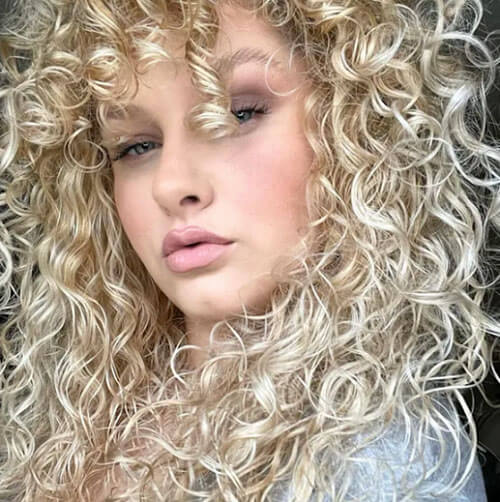
@deesimon via Instagram powered by Squarelovin
Closing Thoughts
Conquering curly bangs starts with a thorough consultation and a deep understanding of curl characteristics. Next, dry-cutting techniques allow you to give your clients the bangs they crave without the worry of excessive shrinkage.
Invest in a diverse arsenal of hair supplies and texturizing methods to tailor bangs to each client’s unique needs. You can find everything you need right here at SALONORY! Stay curious, continue learning and watch your expertise help clients achieve their curly bang dreams.











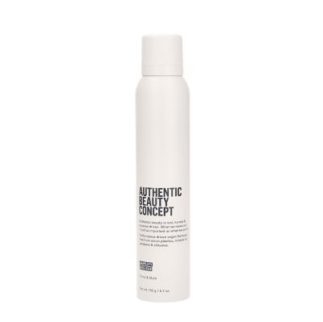
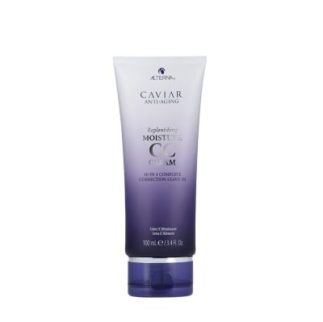
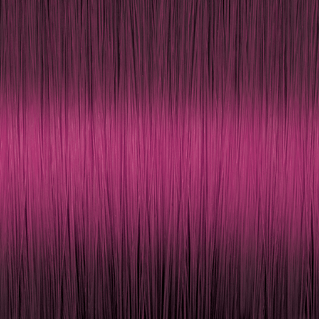
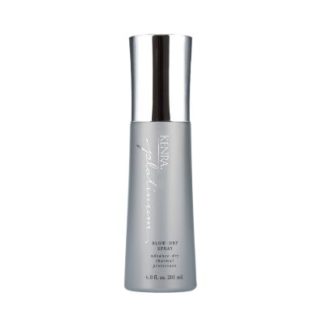
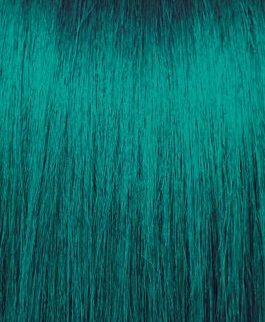
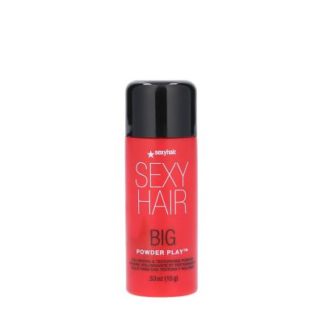
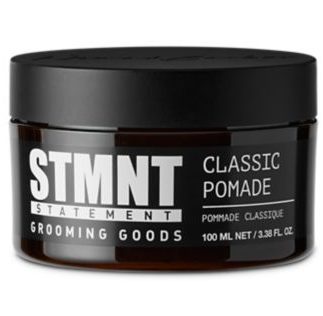
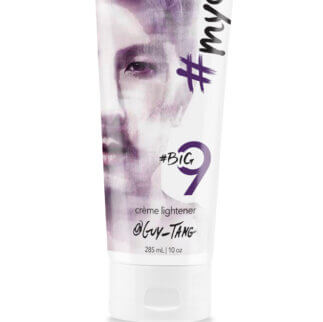
Share Your Feedback